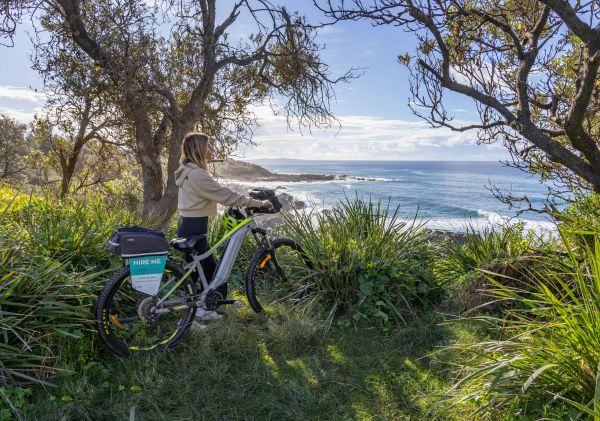

Wellness guide to NSW
Gaia Retreat Day Spa - Credit: Hayley Nedland



Inhale. Exhale. If it’s time for a fresh start, a getaway in New South Wales is the first step to feeling new. Here, the path to wellness starts in nature – recreate the spa experience in ocean pools and waterfalls, try a meditation session surrounded by ancient rainforest and birdsong, or re-energise with a yoga class on golden sandy shores. Take a deep breath and let NSW be your remedy.
From ancient bathing rituals to guided rainforest walks and letting off steam in a smash room, here are six unique wellness experiences in NSW that go beyond day spas and yoga mats.

Whether you’re looking to escape your everyday routine, push your boundaries or seek out a new community, solo travel can be a truly transformative experience. And though it may feel daunting to head out alone, it can give you the opportunity to pause, reflect and learn something new about yourself along the way.

Stay connected to Visit NSW for all the latest news, stories, upcoming events and travel inspiration.
All the insider news, tips and inspiration you need to plan your next trip, delivered straight to your inbox.
Sign UpVisitNSW.com is the official tourism site for Destination NSW.
© Copyright 2025 Destination NSW. All rights reserved